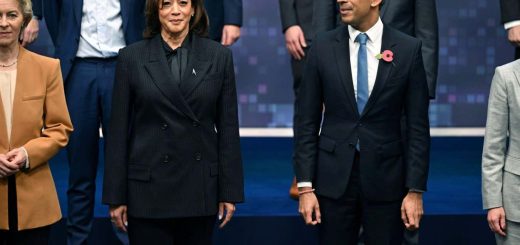Gold can be heated to 14 times its melting point without melting
With fast heating, sheets of gold can shoot past the theoretical maximum temperature a solid can have before it melts – raising questions about what the true limits are
By Alex Wilkins
23 July 2025
Researcher used a laser to superheat a sample of gold and measured its temperature with a pulse of ultra-bright X-rays
Greg Stewart/SLAC National Accelerator Laboratory
Wafer-thin sheets of gold shot briefly with lasers can be heated up to 14 times their melting point while remaining solid, far beyond the theoretical limit, raising the possibility that some solids may have no upper melting point at all.
Superheating is a common phenomenon where a solid can heat up beyond its melting point, or a liquid can heat up past its boiling point, without changing state. For example, a cup of water heated in a microwave can reach temperatures above 100°C (212°F), as long as the cup is sufficiently smooth and still. However, as soon as the cup is jostled, the water will violently boil.
Read more
Quantum experiment rewrites a century-old chemistry law
Advertisement
For solids, many physicists have proposed an upper limit for superheating, at a temperature around three times the standard melting point in kelvin. This point is called the entropy catastrophe, which is where the entropy, often defined as the amount of disorder in a system, for the solid state is equal to the liquid state. Above this temperature, melting from a solid state to a liquid state would decrease the entropy of the overall system, which would violate the second law of thermodynamics.
Now, Thomas White at the University of Nevada, Reno, and his colleagues have found that gold can heat up to 14 times its melting point while remaining solid, far above its entropy catastrophe point.
White and his team fired a powerful laser at a 50-nanometre thick sheet of gold for 45 quadrillionths of a second, then used a relatively new method to measure its temperature using reflected X-rays. By measuring how the frequency of the reflected X-rays had changed, and calculating how much extra energy they had gained from bouncing off the gold, the team could work out how much the sheet had heated up.


